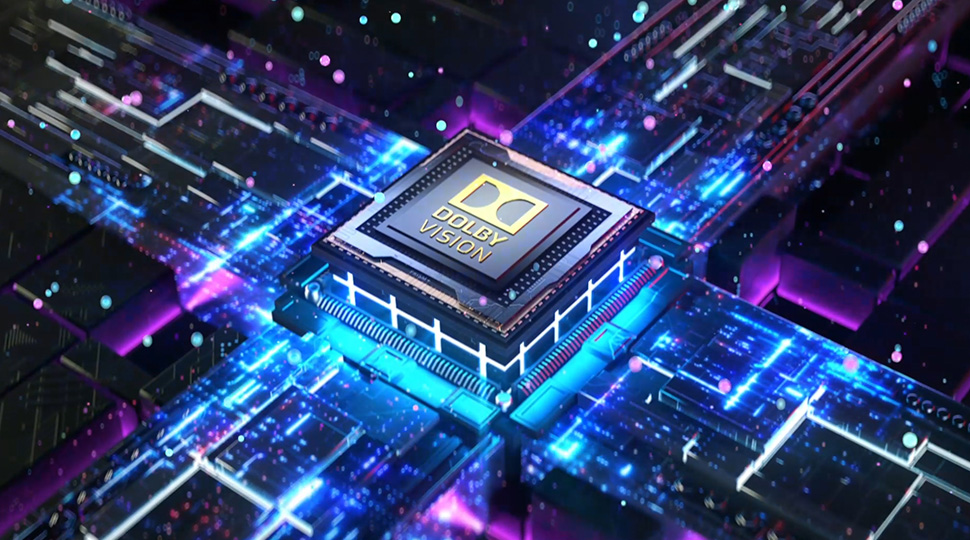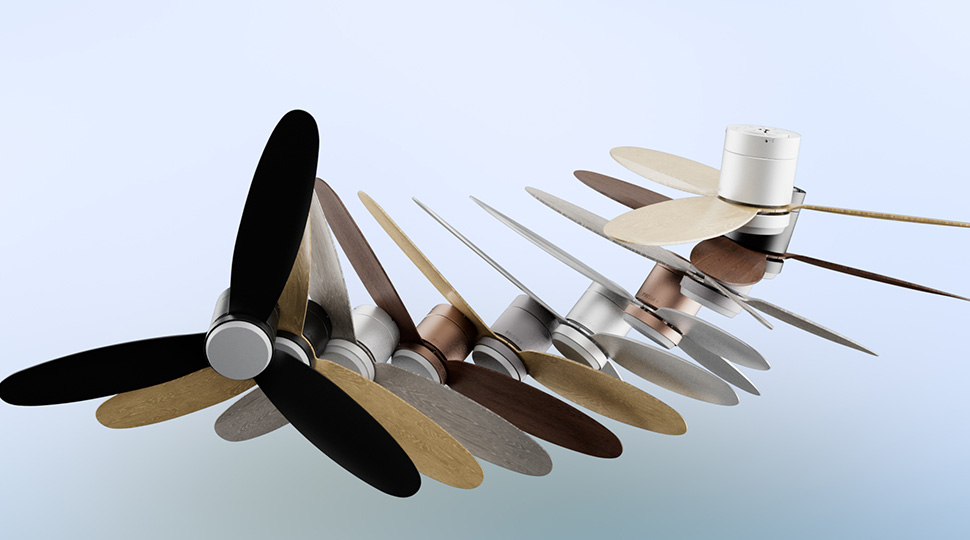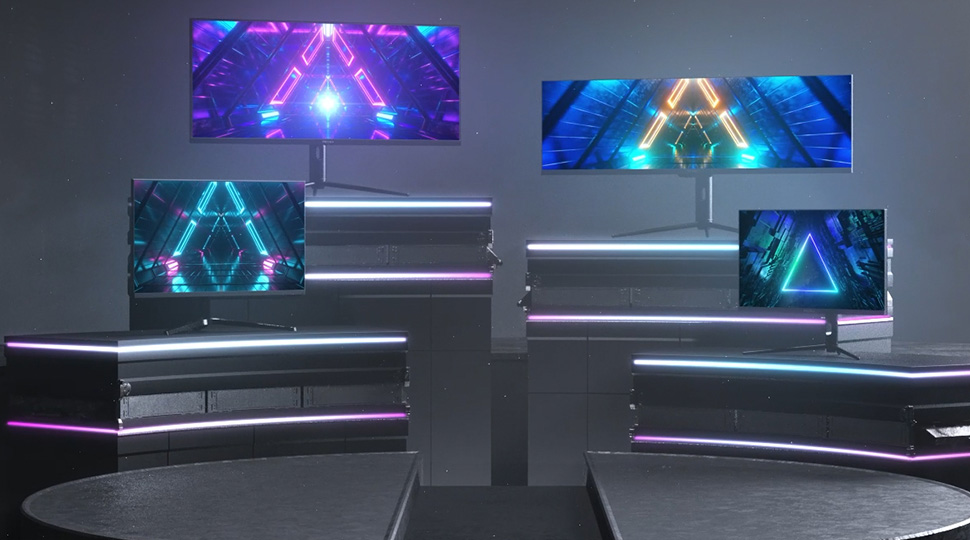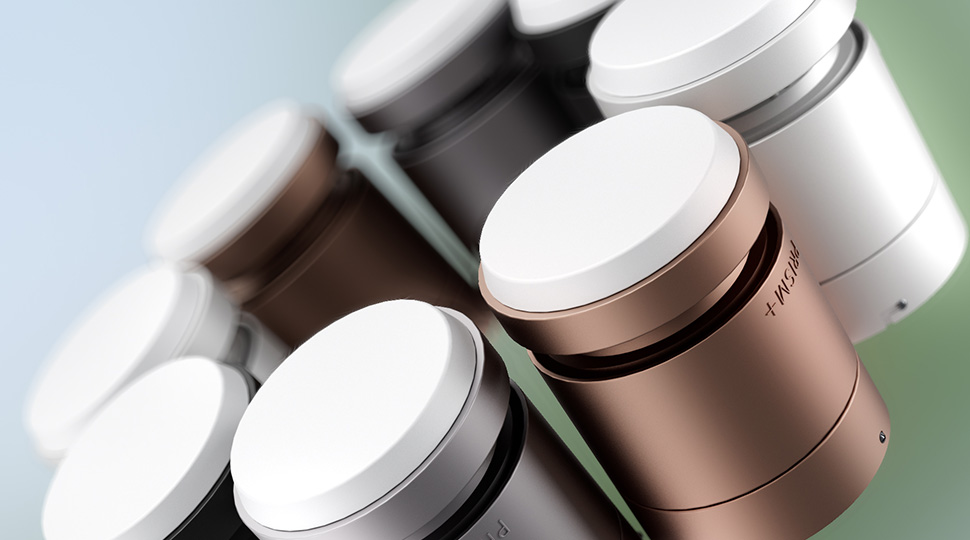Delve into the creative realm of Gavin Sew, a remarkable 3D animator and motion graphics designer based in Singapore. Gavin has spent seven years perfecting his craft, creating high-quality animations that blend creativity with technical skill.

Our interview uncovers the journey, inspirations and unique approach of this talented artist. We aim to offers a sneak peek into the world of high-end animation and storytelling. Join us as we explore Gavin’s perspective on his craft, his artistic process and his vision for the future of 3D animation. Get ready to be inspired by the insights and experiences of one of Singapore’s finest in the field of 3D animation:
Could you introduce yourself and share where you are based and where you currently work?
I’m Gavin Sew, a 3D motion graphic designer with 7 years of experience. I’m currently based in Singapore, where I work at PRISM+.
What inspired you to become a motion graphics artist, and how did you start in this Field?
I became a motion graphics artist because I really enjoy watching movie and game trailers and listening to movie/game soundtracks. They inspire my imagination and ideas. Motion graphics seemed like the perfect way to learn the skills to turn those ideas into visual stories. I was excited. I enjoy using motion graphics to bring products to life with their own unique stories.

I started my journey by studying motion graphic at 3dsense Media School Singapore, which provided me with a strong foundation in design principles and animation. I then honed my skills through self-study and practical experience. Before I study 3dsense, I love movie and editing video, and I just know study mograph can learn all that skills.
What are some of the most notable clients or projects you’ve worked on?
Some of the most notable projects I’ve had the privilege to work on include PRISM+ Oasis & PRISM+ Google TV, where I had the opportunity to been feature on stashmedia.tv and motionographer.com.
Can you discuss the creative process you follow when starting a new motion design project?
When starting a new motion design project, I begin by thoroughly understanding the client’s goals and target audience. Then, I will start search music, for brainstorm ideas, create a storyboard, and develop a concept. After that, I move on to design and animation.

How do you ensure that your motion graphics work aligns with the brand’s identity and Message?
To ensure that my motion graphics work aligns with the brand’s identity and message, I collaborate closely with the creative team. I focus on using the brand’s colors, fonts, and visual elements, while also considering the tone and message they want to convey.
In your career, what has been your most challenging project and how did you handle the Challenges?
One of my career’s biggest challenges was PRISM+ Oasis. I had just three weeks to finish it, and it needed some particle effects, which I hadn’t used before. Plus, there wasn’t much 3D ceiling fan motion graphics out there for me to reference.
To make it work, I set aside time to learn the new skill and planned out how much time I’d spend on each scene. It was quite interesting; I got the project brief during lunch, where it said we needed to turn a hot desert into a breezy oasis. I even found the perfect music when I got back to my office. This experience taught me a lot about problem-solving and effective time management.
How do you stay updated with the latest trends and technologies in motion design?
Every morning, I enjoy checking out creative websites like Behance, STASH, and Motionographer before I start my work. It’s a great way to see some beautiful work from others.
Can you name a software tool that is essential in your work and describe how you use it in your projects?
One of my go-to software tools for my work is Maxon Cinema4D. I use it for creating 3D motion graphics, modeling, animation, and handling VFX. To make everything look outstanding in the end, I also rely on Adobe After Effects and other Adobe software. It helps me combine 3D visuals, add sound effects, music, edit videos, create 2D motion graphics, and bring everything together seamlessly.

For those readers who are passionate about pursuing a career in motion graphics, could you share some insights or advice on how they can achieve success in this dynamic Field?
My advice is to never stop learning and experimenting. Build a strong portfolio that showcases your versatility, collaborate with others in the industry, and be open to constructive feedback. Stay passionate and patient; success in this field takes time.
How do you approach storyboarding and planning for a motion graphics project?
When I begin storyboarding and planning, I first outline the project’s goals and key messages. Then, I like to search for music to spark ideas. After that, I get creative with sketches and storyboards, making sure each scene fits the overall concept and message. It’s a fun way to bring a project to life!
What strategies do you employ to overcome creative blocks?
When I hit a creative roadblock, I like to take breaks and find inspiration in different places. Sometimes, I’ll step away from my computer and go to a mall, store, or cafe to check out real-life designs. I also love listening to movie or game soundtracks for ideas. It’s a fun way to get my creativity flowing again!

What are your thoughts on the future of motion graphics and how technology and AI might influence it?
The future of motion graphics is promising, with technology and AI playing a significant role. I believe AI-driven tools can enhance efficiency and open up new creative possibilities. However, the human touch in storytelling and design will remain irreplaceable.
How do you manage collaboration with other professionals, like sound designers or animators, during a project?
While I haven’t had many opportunities for collaboration in the past, I’m eager to work with other professionals. Teamwork can lead to amazing results, and I’m excited to learn from others and contribute my skills to create fantastic motion graphics together. I believe that collaboration will be a rewarding part of my future projects.

What are your availability and preferred way of working on projects (e.g., remote, in-house, freelance)?
I primarily work as remote or freelance. My goal is to provide the best quality work while accommodating the needs of the project and the team.
Final Frame
I believe our interview with Gavin Sew is a great resource for new artists in 3D animation and motion graphics. Gavin’s story shows how important it is to keep learning and be creative. His way of handling projects and challenges offers useful tips for those starting out (or halfway there!). Aspiring motion artists can learn a lot from his approach and how he keeps up with industry trends.
Don’t forget to check out his work on Vimeo and Behance for more examples and inspiration. Stay fresh and keep creating!


